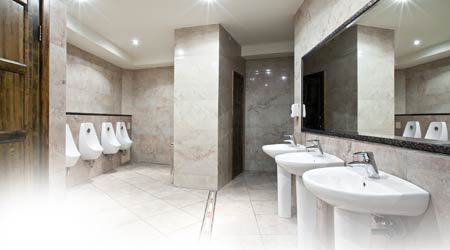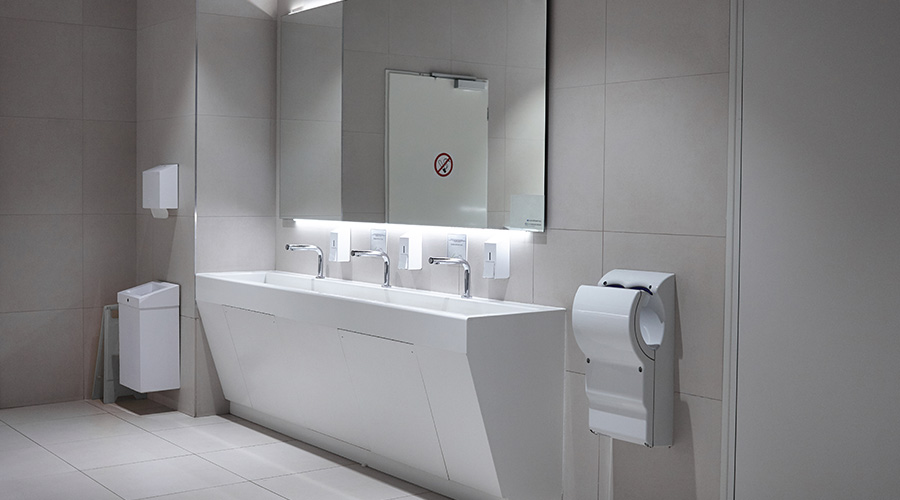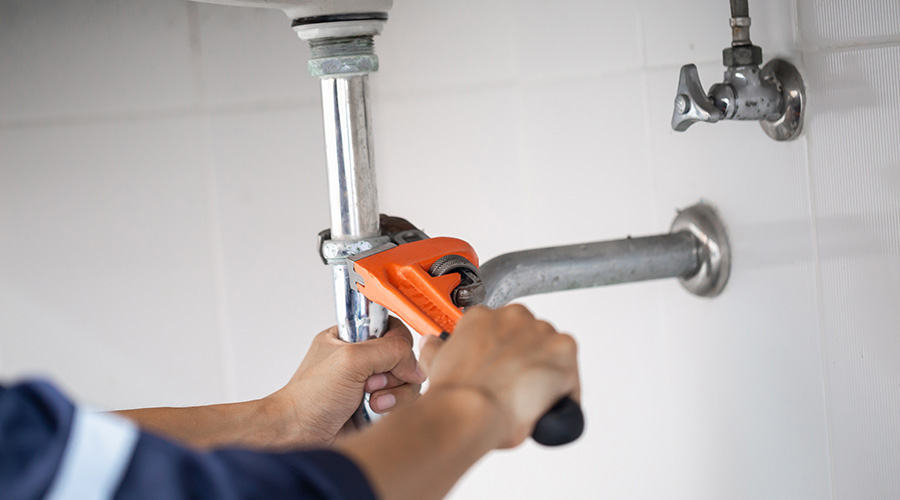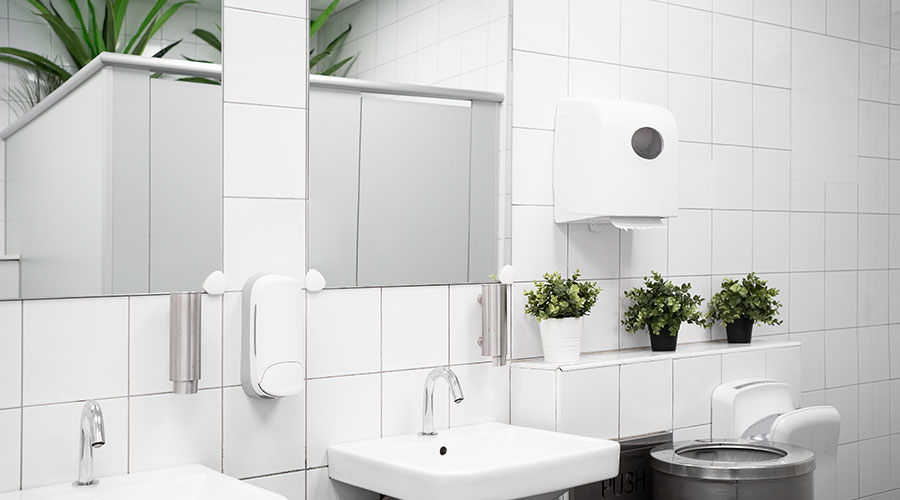 Besides focusing on reduced water use via efficient flush and flow fixtures, selecting products for upgrades also needs to involve careful consideration of user hygiene.
Besides focusing on reduced water use via efficient flush and flow fixtures, selecting products for upgrades also needs to involve careful consideration of user hygiene.4 Keys to Successful Plumbing System Upgrades
By focusing on more products and goals, managers can improve water savings, system reliability and user comfort.
Water shortages and rising utility costs continue to challenge institutional and commercial facilities in many parts of the country. The fallout from these issues is that maintenance and engineering managers must continue their pursuit of water conservation throughout their operations.
Managers planning upgrades to plumbing systems and restrooms have the opportunity to contribute to this effort through careful attention to four keys related to products and project goals. By focusing on faucets, urinals and toilets, as well as restroom hygiene, managers can help their organizations control costs and improve the experience for building occupants and visitors.
Faucet focus
Options for lavatory faucets include manual-handle faucets and automatic mixing faucets. Unless a manager has a specific use for this faucet, such as for a laboratory or nutritional needs, it should be adequate to install either a 0.5 gallons per minute (gpm) faucet and aerator or to retrofit the existing facility with compliant 0.5 gpm aerators.
Some manufacturers offer faucets with flows as low as 0.4 gpm for their aerators. The U.S. Centers for Disease Control and Prevention (CDC) warns that installing laminar flow restrictors or aerators can promote Legionella growth. As a result, the CDC recommends routine cleaning of these devices and necessary testing for Legionella bacteria.
One common practice for buildings seeking LEED certification under the LEED v3.0 (2009) version was to specify automatic-control faucets. The default cycle — typically 6-10 seconds, depending on model — would be reduced to the minimum setting, offsetting the total water-use calculation to increase calculated water savings, compared to baseline calculations. In reality, this tactic resulted in the user activating the sensor for multiple cycles, most likely resulting in decreased efficiency in operation.
This result does not mean steering away from automatic-faucet controls. Instead, managers must pay attention to water efficiency and not be concerned with adjusting the default water cycle. The U.S. Green Buildings Council also has reacted, removing potential benefits of misrepresenting these calculations and not allowing duration-based savings, compared to baseline calculations. Managers must keep in mind that under the new LEED 4.0 version, retrofits and new construction faucets must be WaterSense labeled, regardless of specified water output.
When selecting point-of-use domestic hot water heaters, managers need to ensure that the minimum flow setting of the fixture it serves is significant enough to engage the heating element of any point-of-use domestic water heaters. In one particular application for a new building, each individual faucet had its own point-of-use hot water heater with a single input/output — cold water in, hot water out. To increase fixture efficiency, a low-flow automatic mixing faucet was installed with a 0.5 gpm aerator.
Unfortunately, the design team did not take into account that the heater’s element needed to sense a consistent flow of at least 0.5 gpm to activate. This oversight resulted in heating elements that never engaged or that turned on only at the end of the six-second automatic flow cycle. The lesson learned the hard way is to make sure specified equipment has no potential installation or operation inconsistencies.
Related Topics:














